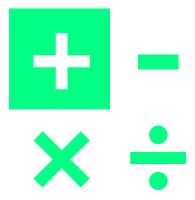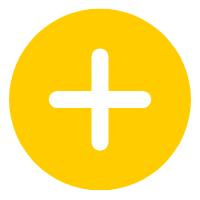Enhance math learning with hands-on addition using manipulatives. Discover the benefits, types of manipulatives, and practical examples for engaging lessons.
Exploring Addition with Manipulatives: A Hands-On Approach to Math Education
Addition is a fundamental math concept that is essential for daily life. For young learners, it can be challenging to understand the abstract nature of numbers and how they relate to addition. One way to make this concept more tangible and engaging is by incorporating manipulatives. In this comprehensive guide, we will explore in-depth how to teach addition with manipulatives, the benefits of this approach, various types of manipulatives, and provide a wide range of practical examples.

Check Out Our Free Addition Worksheets
Benefits of Using Manipulatives for Addition
Manipulatives are objects that students can touch, feel, and manipulate to help them understand mathematical concepts. When it comes to addition, manipulatives can be highly beneficial in several ways. Firstly, they make addition concrete and tangible, helping students visualize what addition means. Through hands-on interaction, students can physically combine and separate objects, deepening their understanding of the process of addition. Secondly, manipulatives can help develop students’ fine motor skills and hand-eye coordination as they physically handle and arrange the objects. Lastly, manipulatives are engaging and can make math more enjoyable, leading to better learning outcomes and increased student participation.
Types of Manipulatives for Addition
There is a diverse range of manipulatives that can be utilized for teaching addition. Each type offers unique advantages and can cater to different learning styles. Here are some commonly used manipulatives for addition:
- Counters: Counters are small objects that can be used to represent numbers. They can be anything from plastic animals to buttons or beads. Counters provide a hands-on experience for students to physically add and subtract objects, aiding in comprehension and concept reinforcement.
- Base Ten Blocks: Base ten blocks are a staple manipulative in elementary math education. They come in units, rods, flats, and cubes, each representing different place values. Base ten blocks allow students to build and deconstruct numbers, making it easier to grasp the concept of carrying over and regrouping in addition.
- Number Lines: Number lines are a visual representation of numbers arranged in a straight line. They can be used to add and subtract by “jumping” along the line. Number lines help students develop a mental number line and understand the sequential nature of addition.
- Ten Frames: Ten frames are a simple grid with 10 squares, which can be filled in to represent numbers. They are useful for adding and subtracting small numbers. Ten frames provide a structured visual framework for students to explore addition and gain fluency in basic number combinations.
- Interactive Games: Incorporate interactive games and online resources that utilize virtual manipulatives for addition. These digital tools allow students to drag and drop objects to visually represent addition problems. Students can actively engage in solving addition equations and receive instant feedback, making learning interactive and enjoyable.

Free Math and English Worksheet Generators
Summary
By incorporating manipulatives into the teaching of addition, educators can enhance students’ understanding, engagement, and retention of mathematical concepts. The hands-on nature of manipulatives helps students develop a deeper comprehension of addition by allowing them to physically manipulate and visualize numbers. Whether using counters, base ten blocks, number lines, or ten frames, manipulatives offer a multisensory approach that caters to various learning styles. By utilizing the benefits of manipulatives and implementing practical examples and activities, educators can make addition more accessible, enjoyable, and meaningful for young learners.